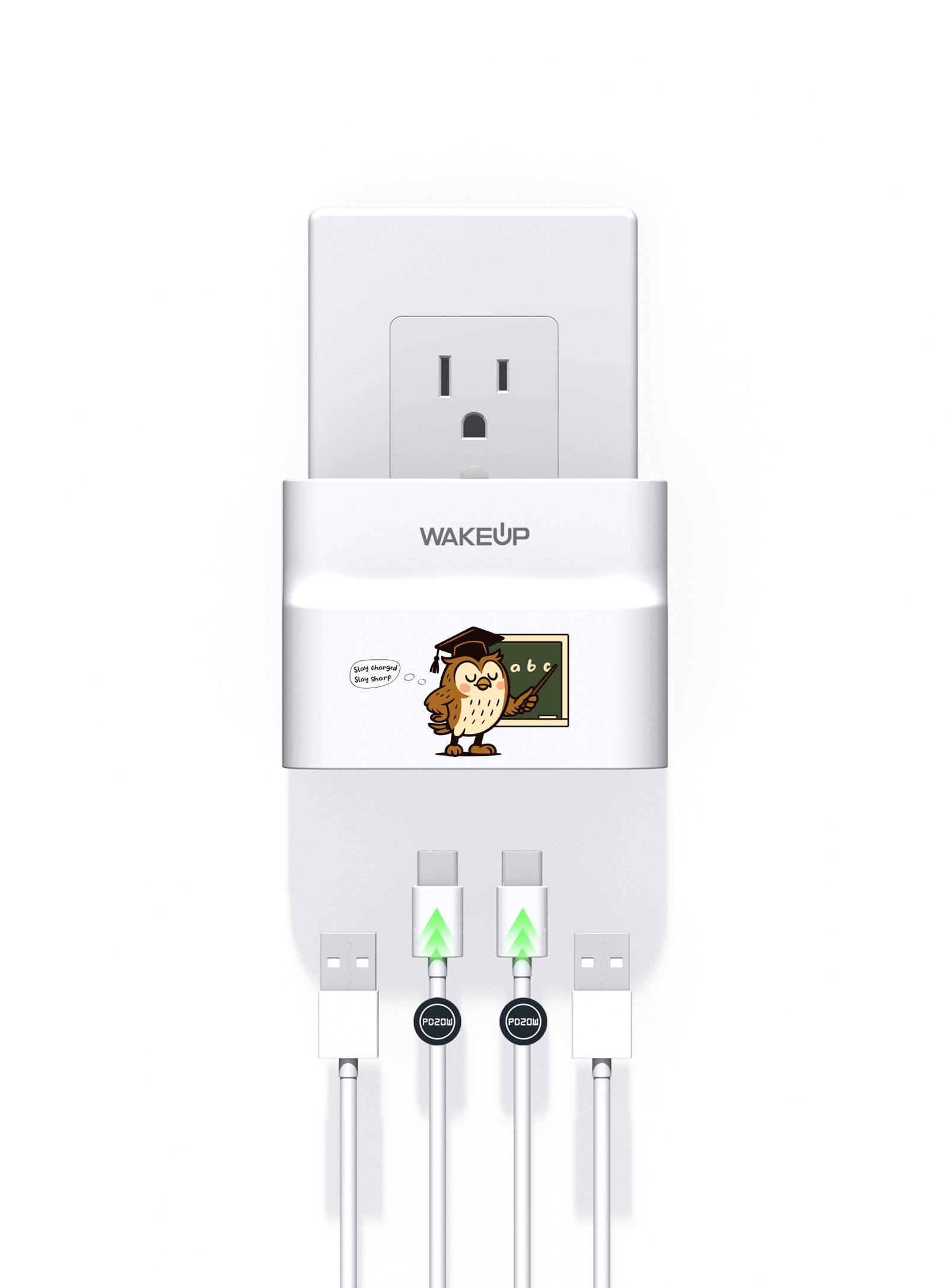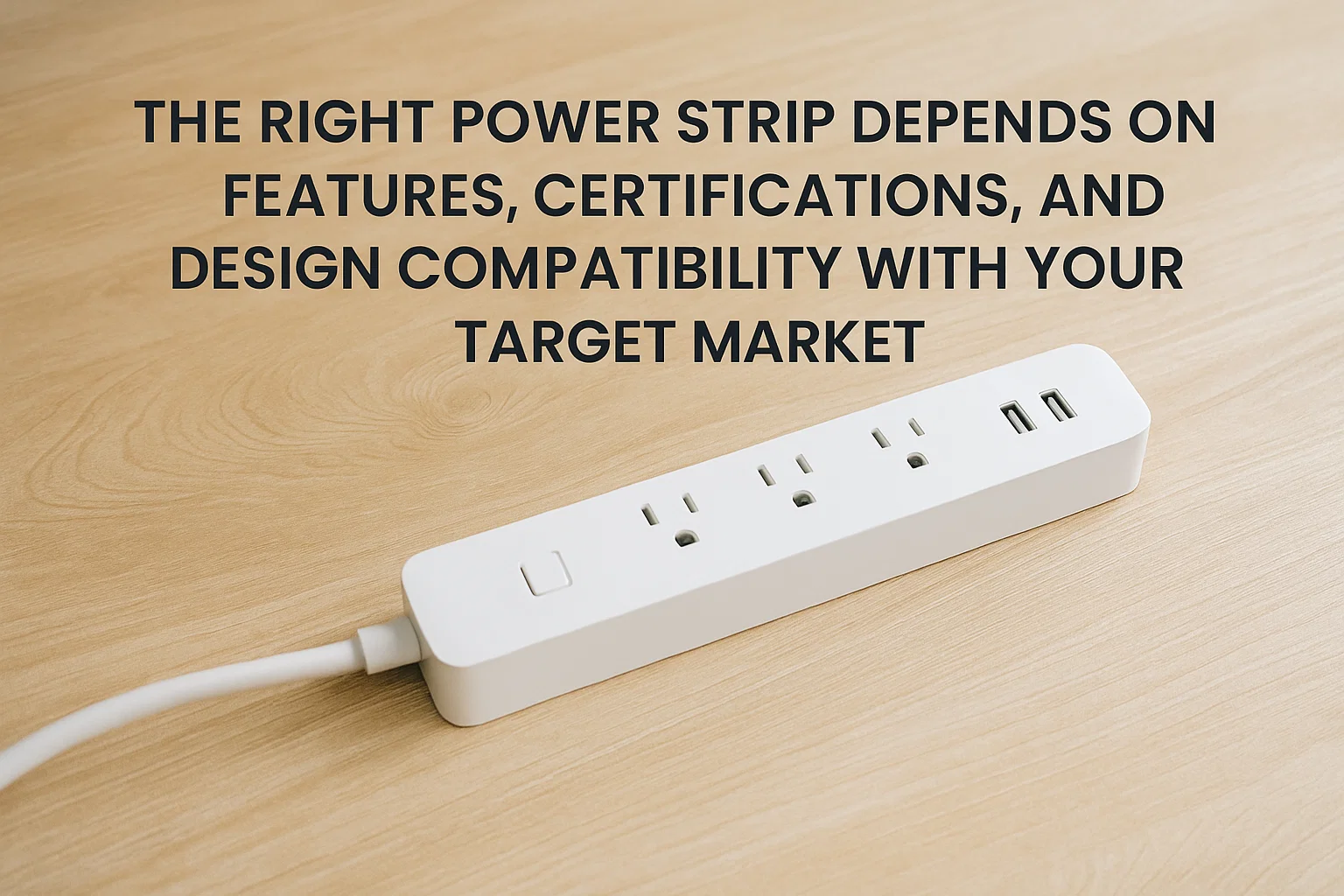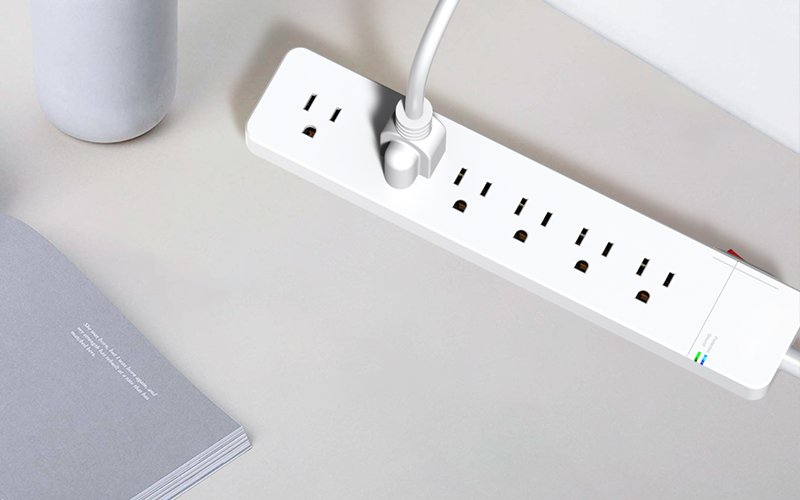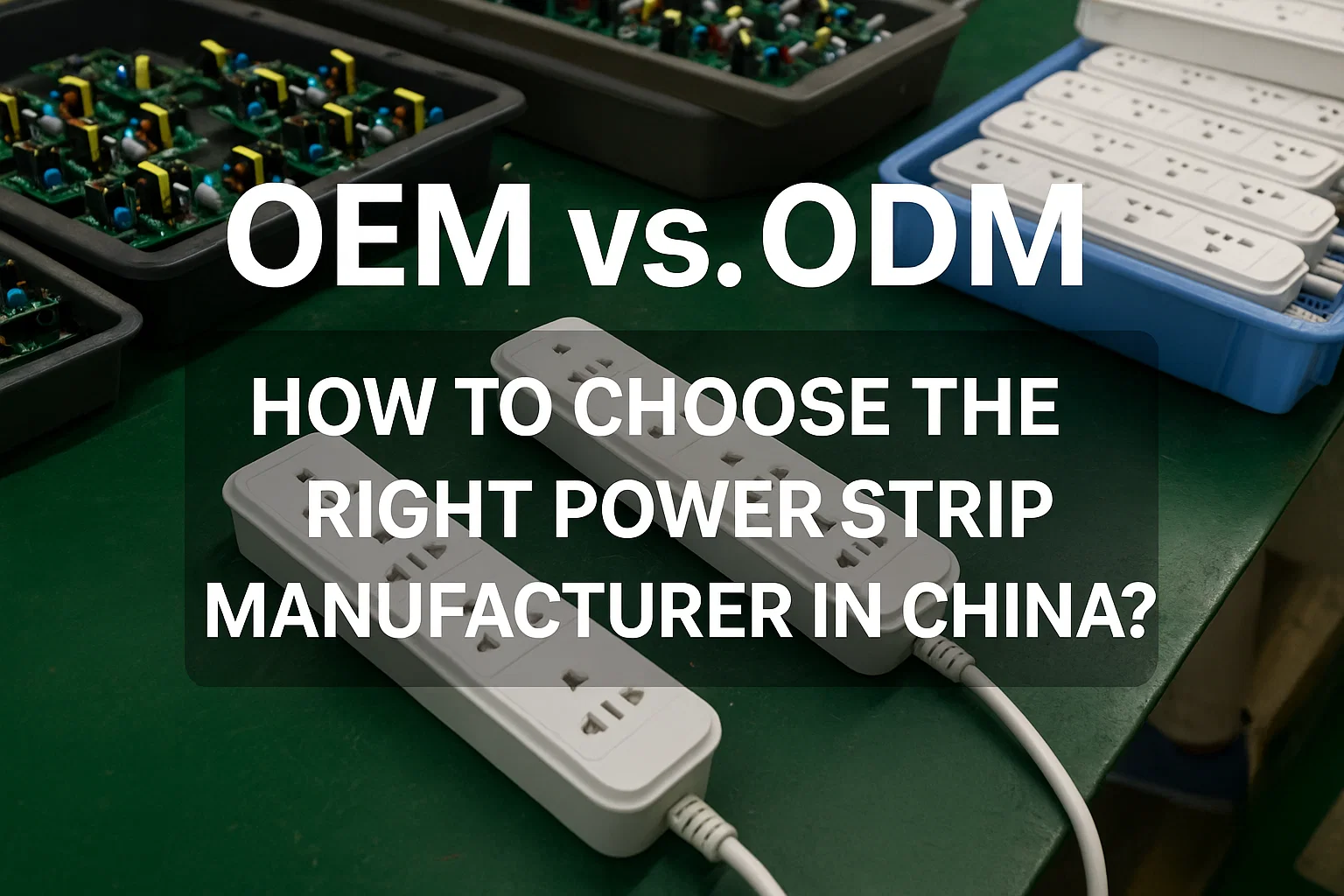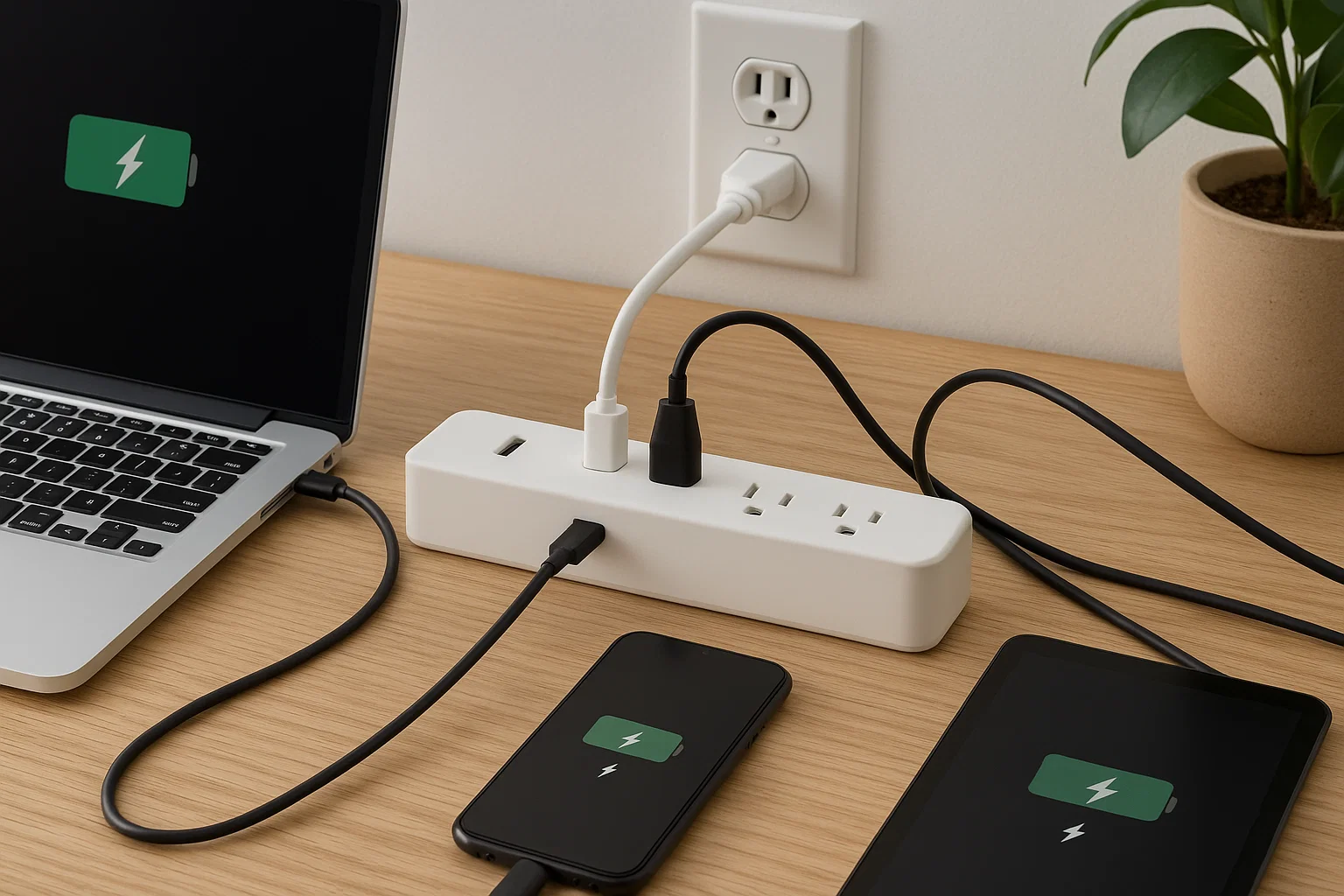Confused about your strip? Don’t plug in until you’re sure it’s surge protected.
Surge-protected power strips usually feature labels, indicator lights, and safety certifications like ETL or UL.
Your devices — and your safety — depend on using the right type. Here’s how to check.
Does the Power Strip Say "Surge Protection"?
Start by reading what’s printed — it’s often right in front of you.
Most surge protectors will say “surge protection” or list a joule rating on the body or packaging.

Look for the Right Words and Numbers
Many generic power strips look identical to surge protectors. But true surge protectors will mention:
- “Surge protection”
- “Joule rating” (like 450J or 2450J)
- “Protective components inside”
- Model numbers starting with “SP” or containing “SURGE”
I remember a customer who imported several thousand “power strips” from a random supplier. None had joule ratings. When tested for ETL, they failed. All because they didn’t confirm surge protection upfront.
What to Look For
| Marking or Label | Meaning |
|---|---|
| "Surge Protector" | Claims surge defense |
| Joule rating listed | Confirmed protection capability |
| ETL/UL mark | Verified by third-party safety lab |
| No labeling | Likely not surge protected |
If there’s no label at all, don’t risk it.
Is There a Surge Protection Indicator Light?
This little light tells a big story.
Most surge protectors have a light labeled “Protected” that shows the unit is working.
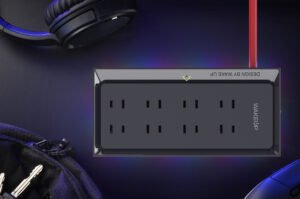
What That Light Means
If the light is on, it means the internal components — usually MOVs — are intact and active. If the light is off, your devices are exposed.
Not all power strips have this feature. But the best ones do. In our Wakeup line, we always include a clear protection indicator so users can monitor their strip’s status.
Troubleshooting Guide
| Light Status | What It Means | Action Needed |
|---|---|---|
| On | Protection active | Safe to use |
| Off (but has power) | Protection failed, MOV may be burnt | Replace immediately |
| Flickering | Loose internal connection | Stop use and replace |
| No light at all | Might not be surge protected | Check label or datasheet |
Ask your supplier if your model has a protection light — if they say no and there’s no marking, it’s likely just a basic strip.
Does It Have a Joule Rating?
If there’s no joule rating, it’s not really a surge protector.
Joule rating indicates how much energy the strip can absorb before failing.
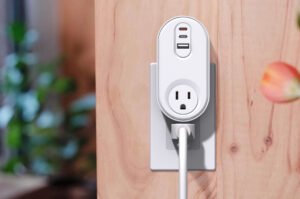
What Ratings Mean
Surge protectors are not all the same. The joule rating shows their ability to defend against surges. For basic office use, 450J might be enough. For home theaters or gaming PCs, look for 1200J or more.
At Wakeup, we offer models ranging from 450J to 2450J. We help clients choose based on what devices they’re protecting — laptops, TVs, routers, etc.
Joule Rating Guide
| Joule Rating | Protection Level | Use Case |
|---|---|---|
| <450J | Low | Lamps, clocks |
| 450–900J | Medium | Routers, TVs |
| 1000–2450J | High | PCs, monitors, gaming gear |
No joule rating? Then it’s either not tested or not designed for surge protection.
Does It Have a Certification Like ETL, UL, or cETL?
No third-party mark? That’s a red flag.
True surge protectors are tested and certified by agencies like ETL or UL.
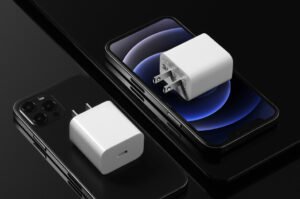
Why Certifications Matter
Certifications mean someone has tested the strip for actual surge protection. Without it, you’re trusting the factory’s word. And unfortunately, some sellers cut corners.
I’ve seen listings with fake UL logos — but no real listing number. At Wakeup, we publish every UL or ETL certificate with our product pages and catalogs. This protects both you and your customers.
Recognized Certifications
| Certification | Region | What It Covers |
|---|---|---|
| UL Listed | USA | Electrical safety + surge validation |
| ETL / cETL | USA / Canada | Safety & performance standards |
| CE only | Europe | Low-voltage directive only |
Always verify the certification number on the official database. Don’t rely on packaging alone.
What If There’s No Obvious Clue?
Sometimes you just don’t know — then it’s time to dig deeper.
If labeling, lights, and certifications are missing, check the model online or open the housing.
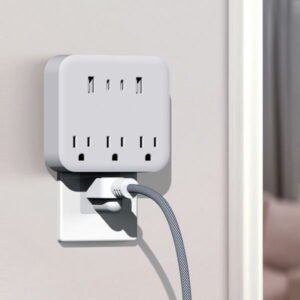
Tips for Digging Deeper
- Search the model number — Check manufacturer specs
- Ask your supplier — A good supplier should send datasheets or test reports
- Look inside (if safe) — Surge protectors contain MOVs, fuses, and thermal links
I once disassembled a customer’s sample that claimed 1000J protection. Inside? Nothing but plastic and copper. No MOVs. No thermal fuse. Total fraud. That customer later switched to our cETL-listed line.
Internal Parts to Look For
| Internal Component | Real Surge Protection? |
|---|---|
| MOVs present | Yes |
| Thermal fuse | Yes |
| Simple wiring only | No |
As a buyer, don’t assume. Always verify what you’re selling to protect your brand and your customers.
Conclusion
Check for labels, lights, joule ratings, and certifications — or it’s just a power strip.

